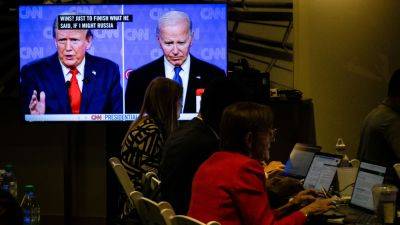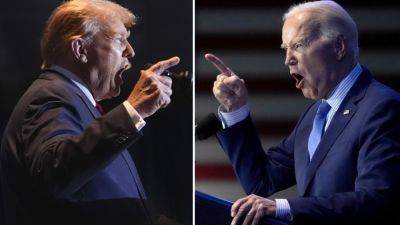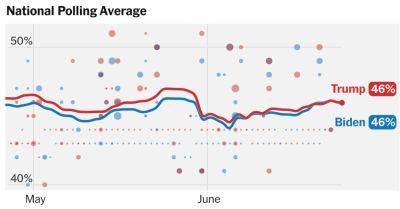Methodology: How The Times Calculates 2024 Polling Averages
The idea behind a poll average is simple: Just average the most recent polls together.
The reality is more complicated. The New York Times’s polling average is a weighted average, meaning it gives more weight to some polls than others. It also makes a series of statistical adjustments to account for the different biases among different kinds of surveys.
Despite all this fine-tuning, the poll average still isn’t a forecast. Polls are just measures of where public opinion stands today, and an average of different measurements is still ultimately a measurement — not a prediction.
Here’s how it works.
Poll averages may sound simple, but even the simple ones face important challenges. Which polls should be included? How much weight should go to a poll that’s three days old compared with one that’s three weeks old? What about pollsters whose polls lean reliably toward one party or the other?
One option in facing these challenges is to take a curated, simple average of the most recent polls. The other option: Weight and adjust polls to account for varying quality and biases of different polls and pollsters.
The simple average has the advantage of clarity. It offers the most straightforward answer to the question, “What do the polls say?” But the simple average has a major disadvantage: It risks being flooded by low-quality or biased polls. As a result, the simple average may not offer the best answer to the question, “Who’s ahead in the presidential race?”
The Times’s polling average generally takes the more complicated approach. It weights polls based on a variety of factors. It also adjusts them for potential biases. There’s one big limit, though. It’s based only on the polls themselves. It doesn’t account, for instance, for the







